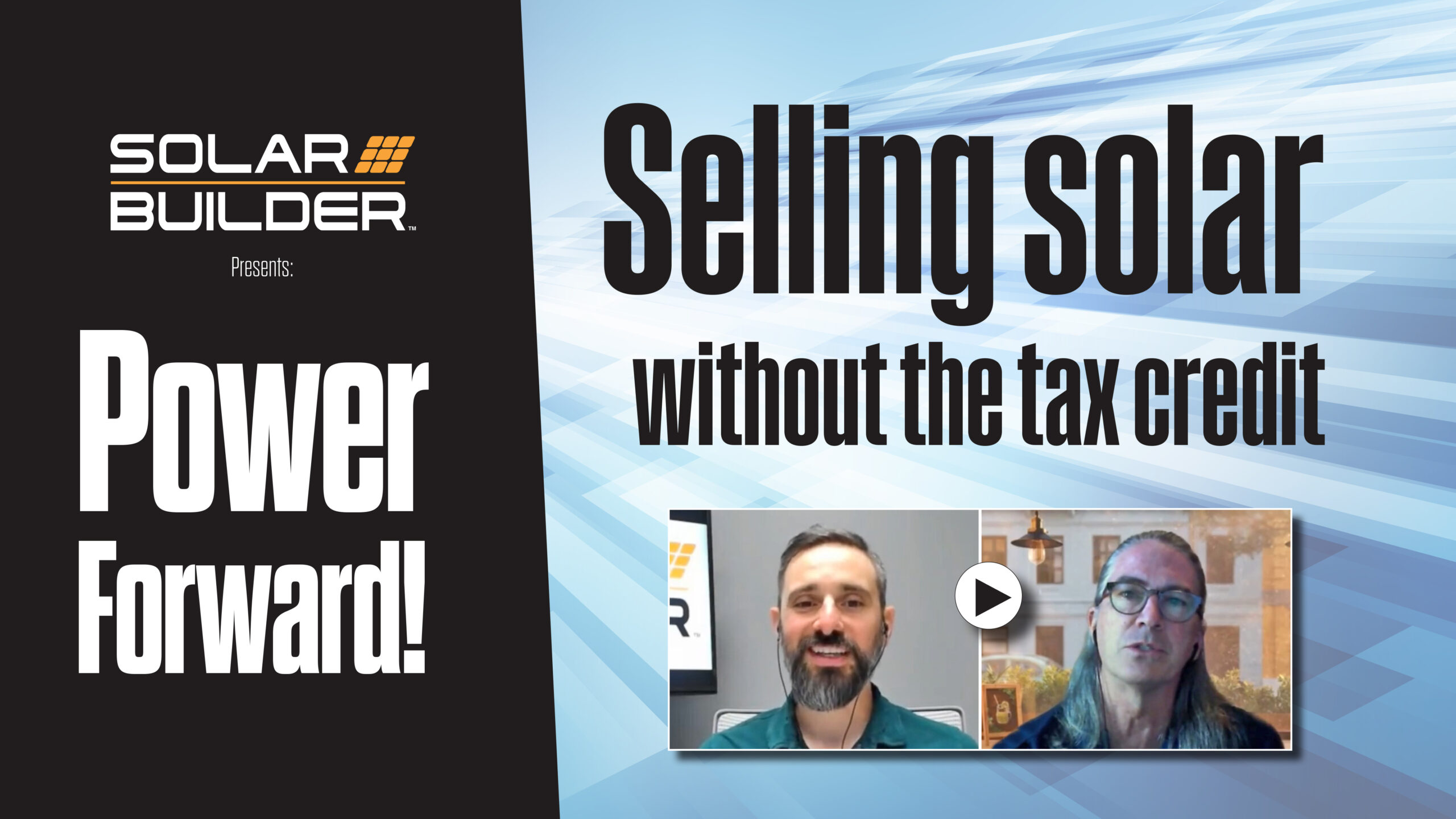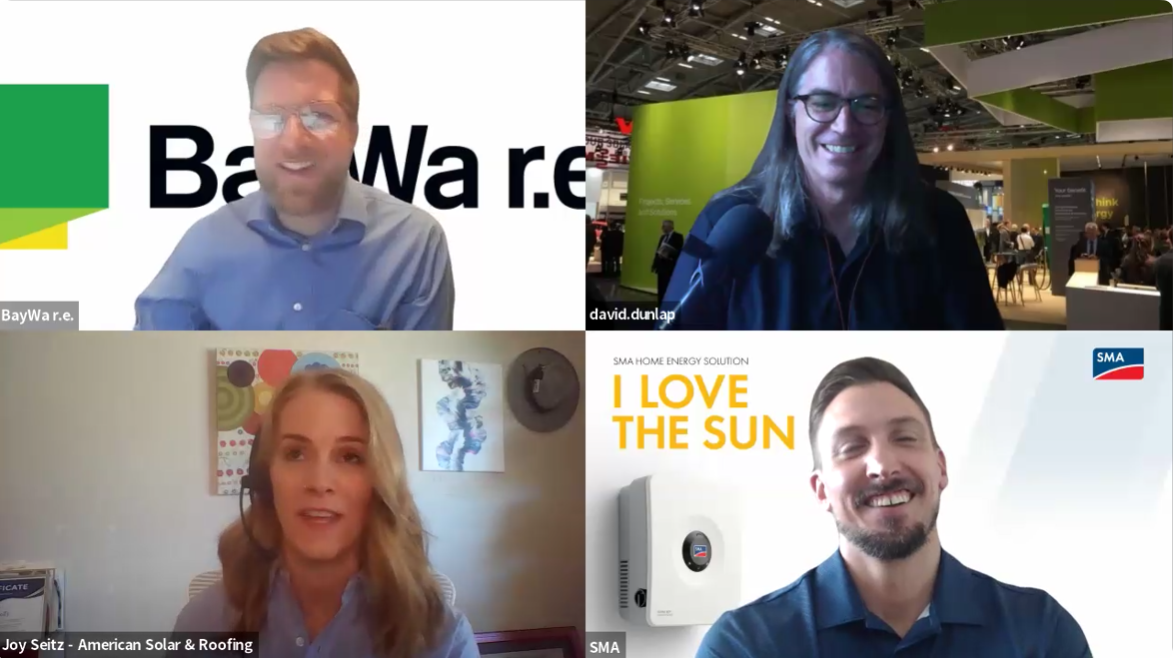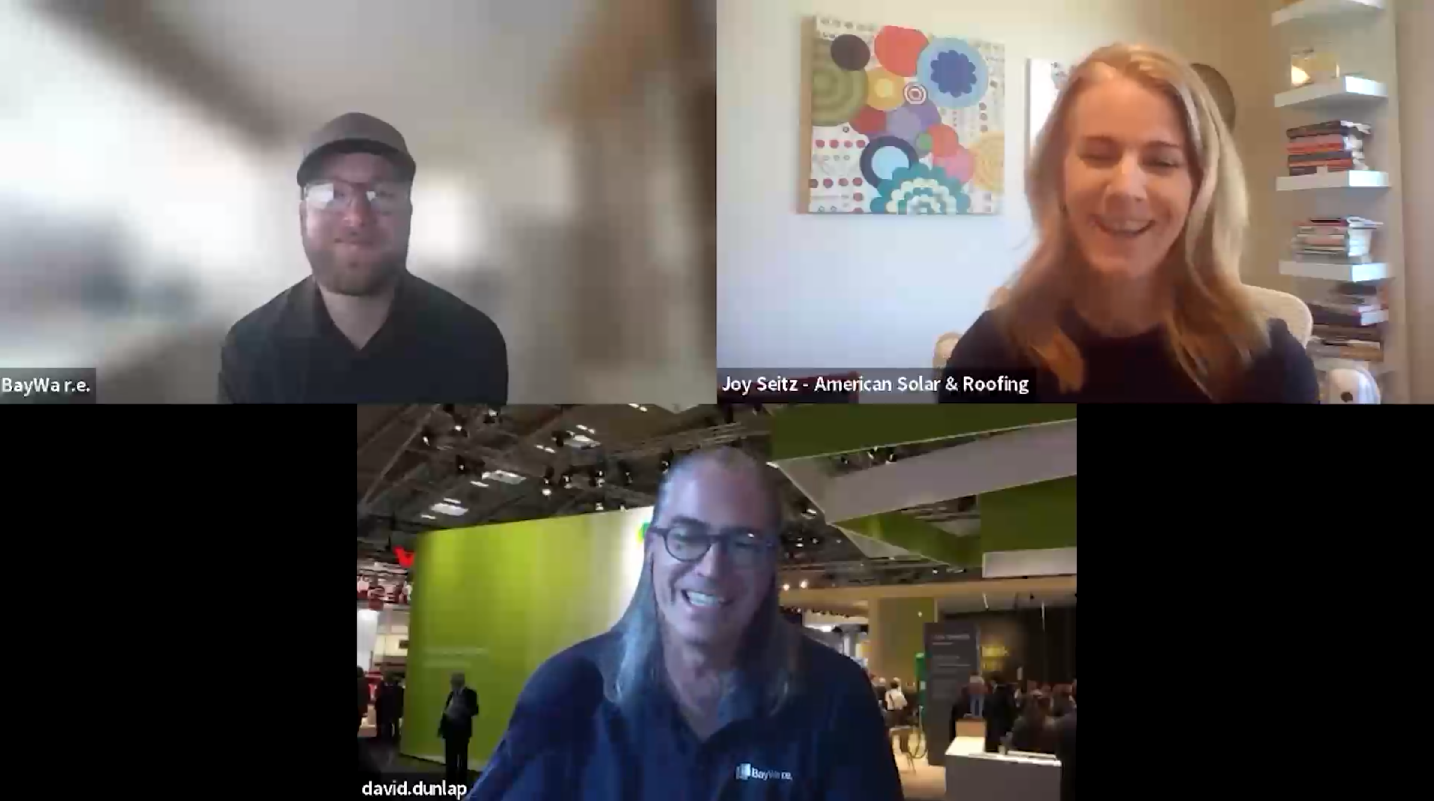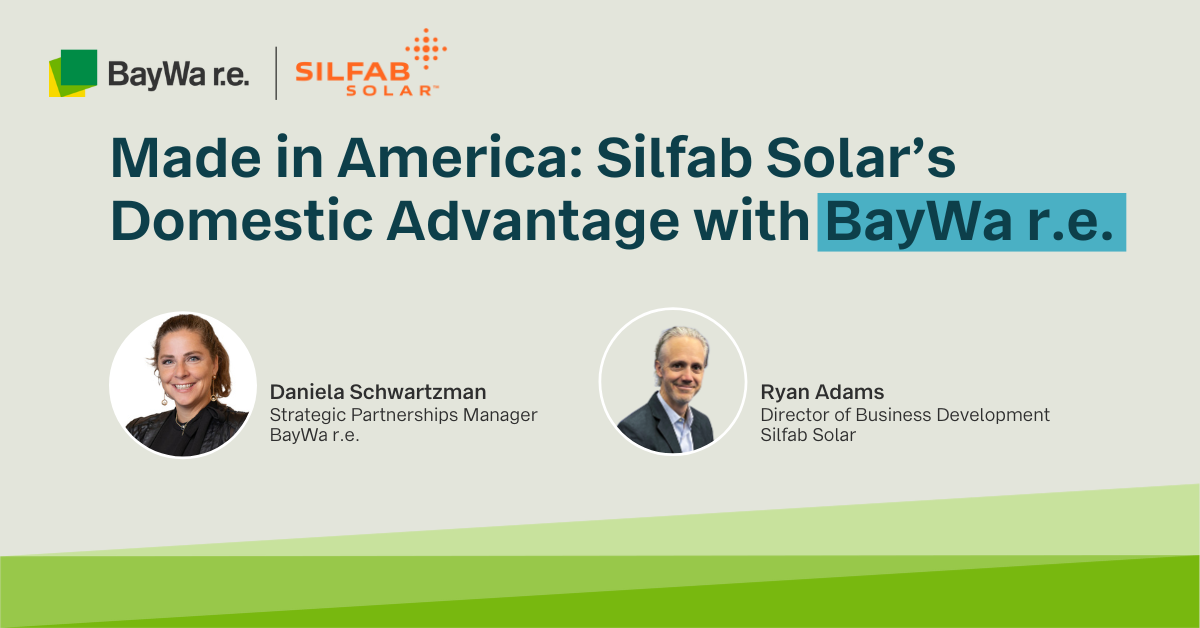As usual, A&K share some recommended readings and links, like a Solar Builder editorial by SunSpec Alliance chair Tom Tansy, plus a curious pronouncement from the Indiana Public Utilities Commission. Finally, our friends at Net Zero Solar also provided our latest Tales from the Roof listener submission segment.
Remember, if you’ve got a memorable, fun, or even scary “Tale from the Roof” to share from your days in the field, call it in! Dial our Solar Tech Talk Storyline at 541-635-2747 and leave us your story on voicemail. We’ll pick the best ones to play on a future show.
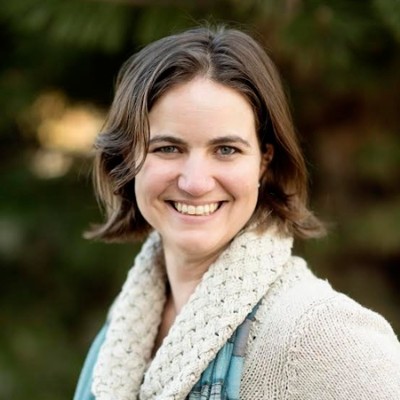

— Tom Miller, Marketing Director

In This Episode:
- RAPID ROUNDUP (00:45): Kate gives a shoutout to Tom Tansy, chair of the SunSpec Alliance, who recently penned an editorial in Solar Builder magazine on the work that SunSpec is doing to simplify rapid shutdown requirements. Plus, Aaron weighs in on an article by David Wagman in PV Magazine on the Indiana PUC slashing a net metering rate and advise solar owners to buy a backup battery. The news certainly has implications for homeowner customer payback periods — but adds another data point in the rising importance of home storage. (For more on net metering implications, dial up STT Episode 3 for a conversation with Carter Lavin of CALSSA.)
- DEEP DIVE 1 (6:00): Jeff Spies offers us context on UL 2703 and its guidelines for bonding, grounding, and mechanical loading for PV mounts and manufacturer installation instructions, while Louis Woofenden sheds light on where we’ve come from the old days of jury-rigged racking to more educated conversations between installers and inspectors on innovation and safety these days. Louis also brings up integrated grounding as another positive outcome out of these standards, while Jeff teases the work underway on UL 61730 standards that might institute “frame characteristic codes” on equipment to indicate module-racking compliance.
- DEEP DIVE 2 (18:30): Kate asks the roundtable on to explain ASCE 7 , the structural standard issued by the American Society of Civil Engineers (ASCE) that addresses aspects such as snow load and wind loading considerations. Jeff explains how ASCE 7-16 sets the pressure coefficients in the manner in which wind load is calculated to affect the PV array for both uplift and downforce — dictating the number of roof attachments that may be required for an install. Louis comments on the differing paces of newer code adoption and inspection by different AHJ’s (Authorities Having Jurisdiction) around counties and regions, which creates headaches for plan designers like Planet Plan Sets. Communication is key as safety standards continue to evolve, on aspects like fire setbacks and pathways, and beyond. Kate, Jeff, and Louis marvel at the complexity of AHJ’s — Jeff says there are 18,000 different AHJ’s in the United States and 500 in California alone — and how that affects code compliance versus legal responsibility for the solar installer.
- DEEP DIVE 3 (28:00): Our conversation turns to the tension between compliance requirements versus costs per install versus installer reputation. Jeff observes that while things may seem as easy as filling out the permit application and installing the system, inspectors are slammed and there might not always be the scrutiny that ought to be there. But the onus remains on the contractor to do their best to install under best practices, compliant to code, and a standard of quality — after all, one bad apple affects our industry altogether. Louis brings up that Europe and Australia have lower install costs and mentions efforts like NREL’s SolarAPP (of which BayWa r.e. is a philanthropic supporter) that could help with efficiency.
- DEEP DIVE 4 (32:00): How can solar contractors juggle quality and reputation after the install, and how can homeowners be protected from unscrupulous installers? Jeff argues these are the exact benefits of a proper plan set. Even if a homeowner ends up with a “stranded system” — a system where the original installer has gone out of business — if they included a good set of plans and the homeowner has kept that on file, another contractor coming in can get a better read of that system. And those plans should serve the installation crew as well, allowing the billing department to look at a plan set to validate the code compliance for safety considerations.
- DEEP DIVE 5 (35:00): Is rail-based racking here to stay? Jeff Spies thinks so. Everything from rail-less to solar shingles have come to market, but rail-based racking remains the most versatile and practical spanning multiple environments, roof types, and module variations. Louis agreed, especially from a contractor’s perspective building experience, efficiency, and knowledge over familiar materials — along with replaceability and compatibility of parts. For that reason, Net Zero Solar has stuck with Unirac for their racking components (as seen here on Facebook), for their institutional knowledge and the ability to stay trained on a familiar, reliable system that can help a small installer recoup their margins.
- DEEP DIVE 6 (48:00): Kate and Aaron switch over to chat with Connor Morrison over at Unirac. Connor oversees the residential side of their lineup, including electrical and mounting components. Circling back to our opening topic, Connor says that UL 2703 defines of lot of what Unirac has to consider for product development, given the guidance on grounding and bonding. ASCE 7-16 also comes into play for racking manufacturers like Unirac, who have to design products for wide ranges of weather conditions and extremes — thinking ahead to situations like Florida hurricanes. Unirac has residential and commercial equipment staff who are participate in UL code setting processes and ASCE discussions, to stay connected and offer real-world input on these deliberations. Connor also provides an overview of Unirac’s FlashLoc flat-roof attachment, which saves installers time by requiring no heat welding, streamlining the installation process and preserving the roofer’s original work.
- TALES FROM THE ROOF (60:00): Our installer story today comes from our good friend and Louis Woofenden’s colleague Chad Waits, President and Owner of Net Zero Solar. Chad tells of a special assignment where Net Zero brough a new level of comfort and quiet to a desperate homeowner and her feathery neighbors.
BayWa r.e. Solar Distribution supplies residential and commercial solar installers in the United States with quality solar + storage components, forecasting, business planning advice, and a community of experts. Visit www.solar-distribution.com to engage with our team, read our industry insights articles, and stream our Solar Tech Talk podcasts and recorded webinars on YouTube and Spotify. Follow us on LinkedIn and Facebook to stay connected. Ask us about our Financing Program and use our industry-leading Webstore to save time, get gear shipped, and get jobs done!
Part of the BayWa r.e. Global family of renewable energy companies.
